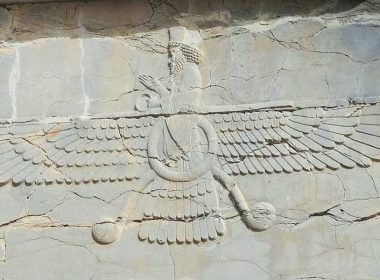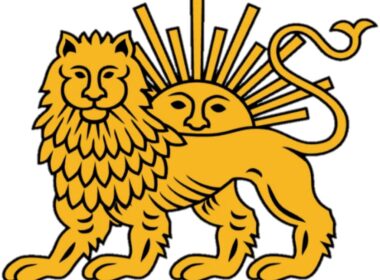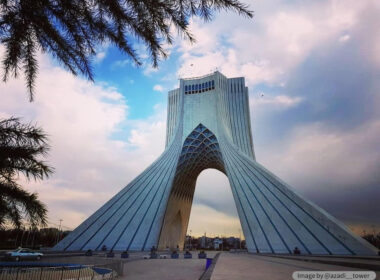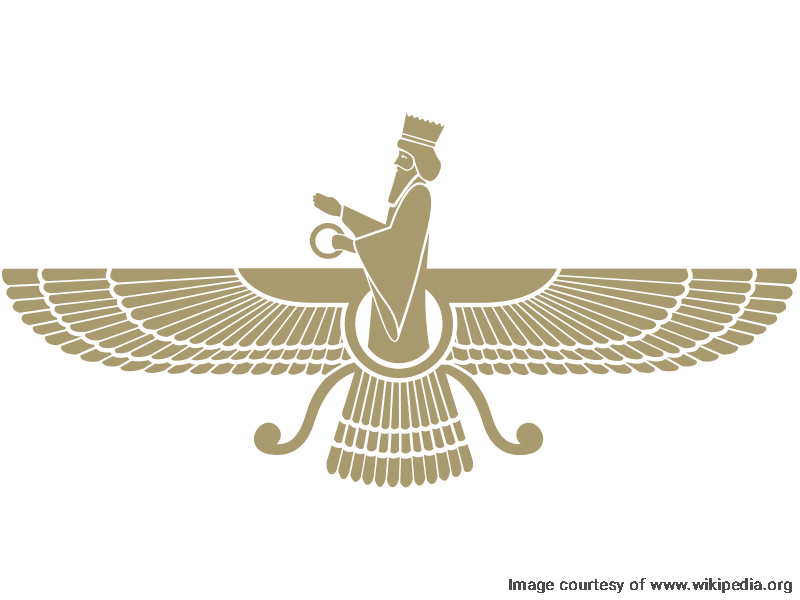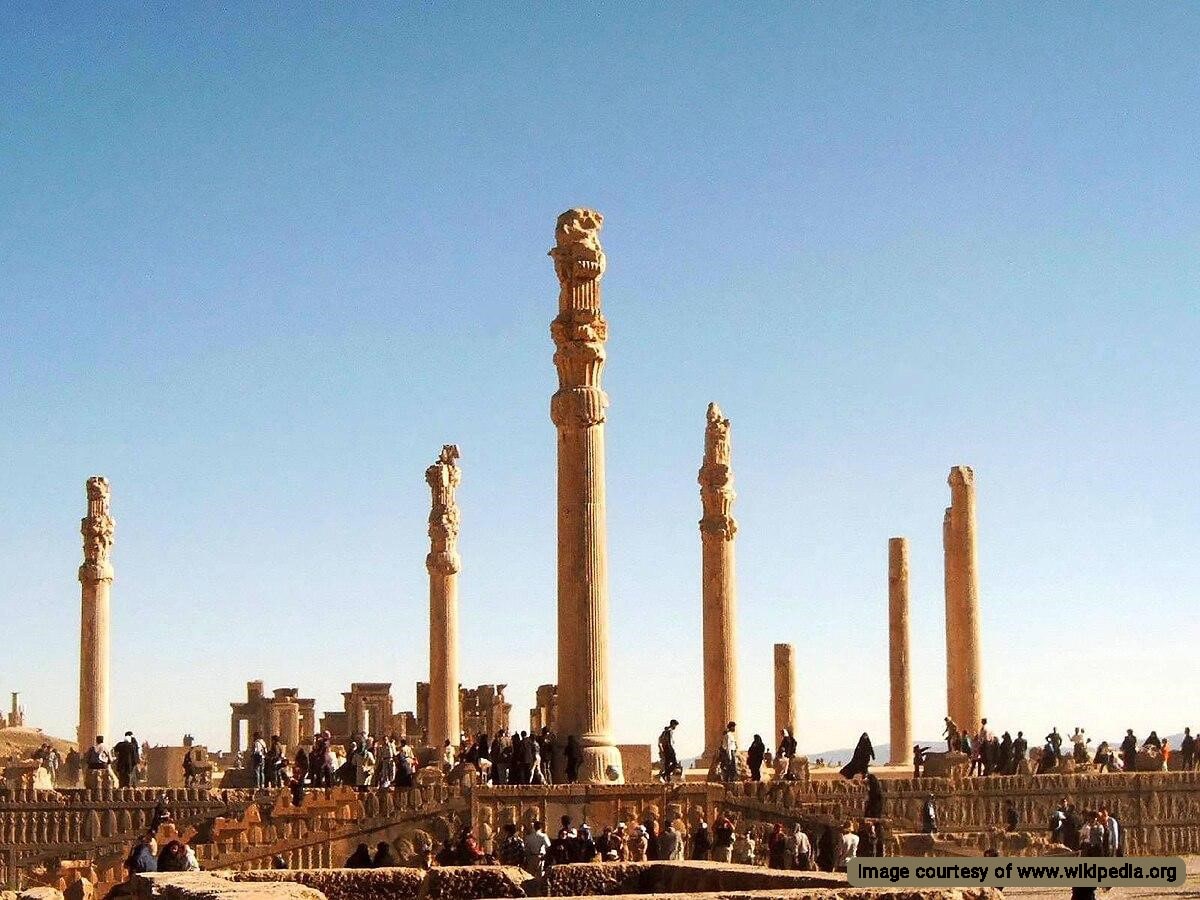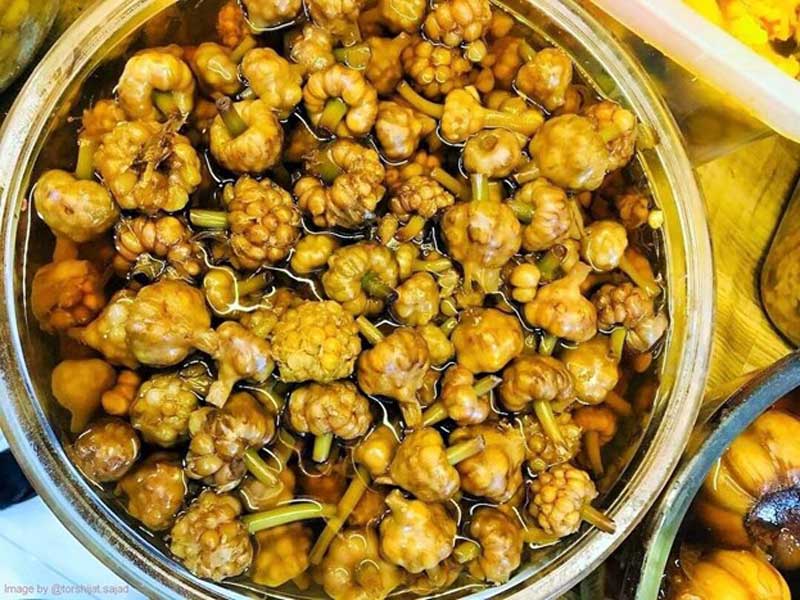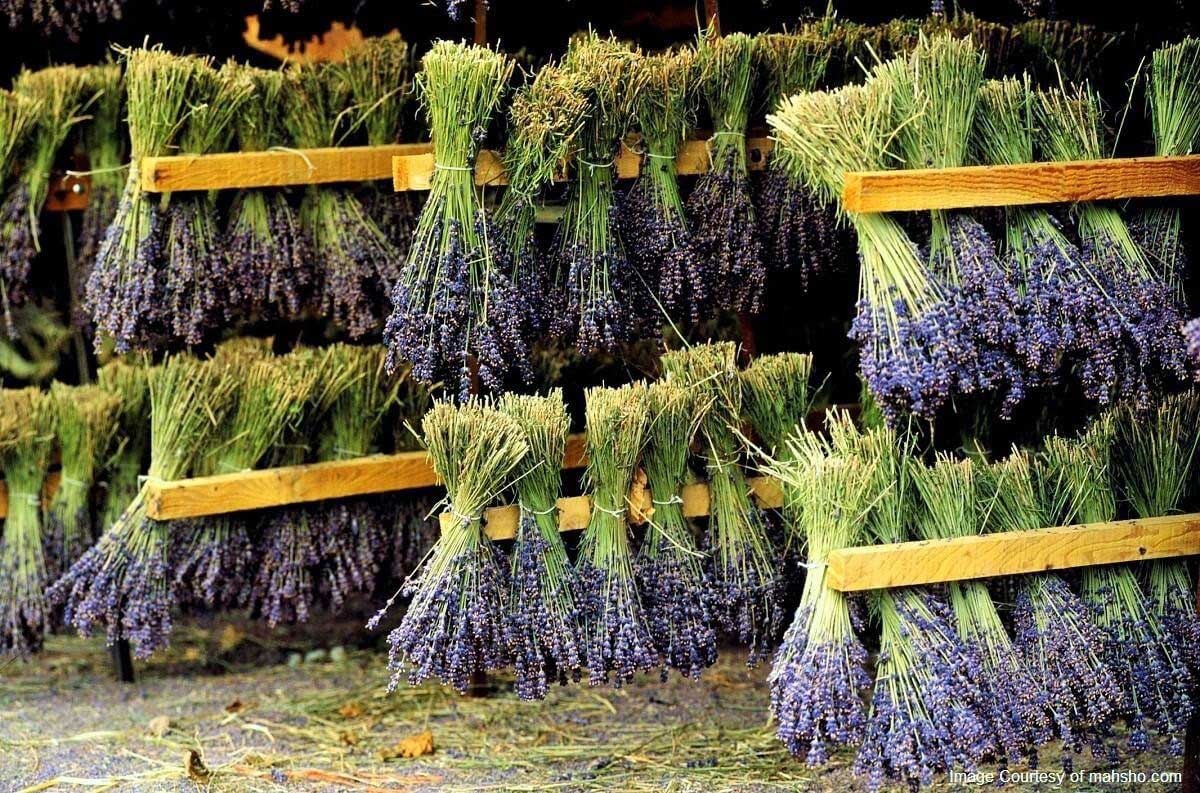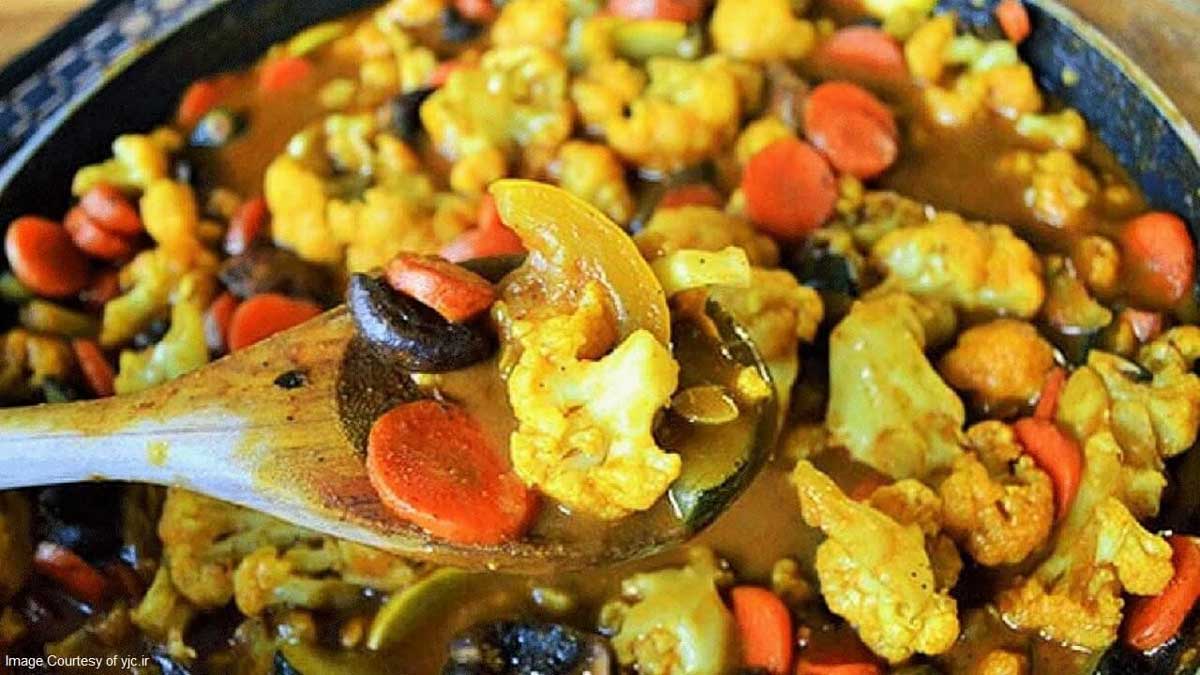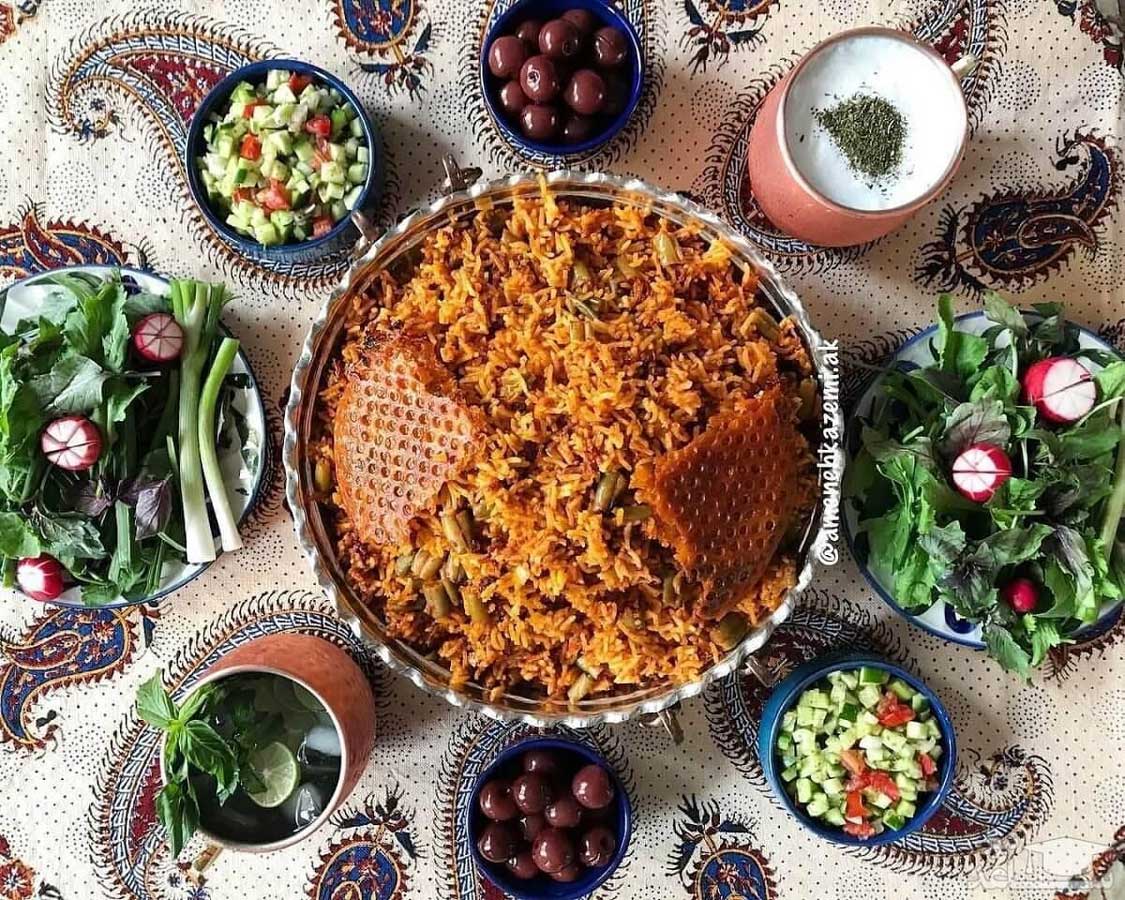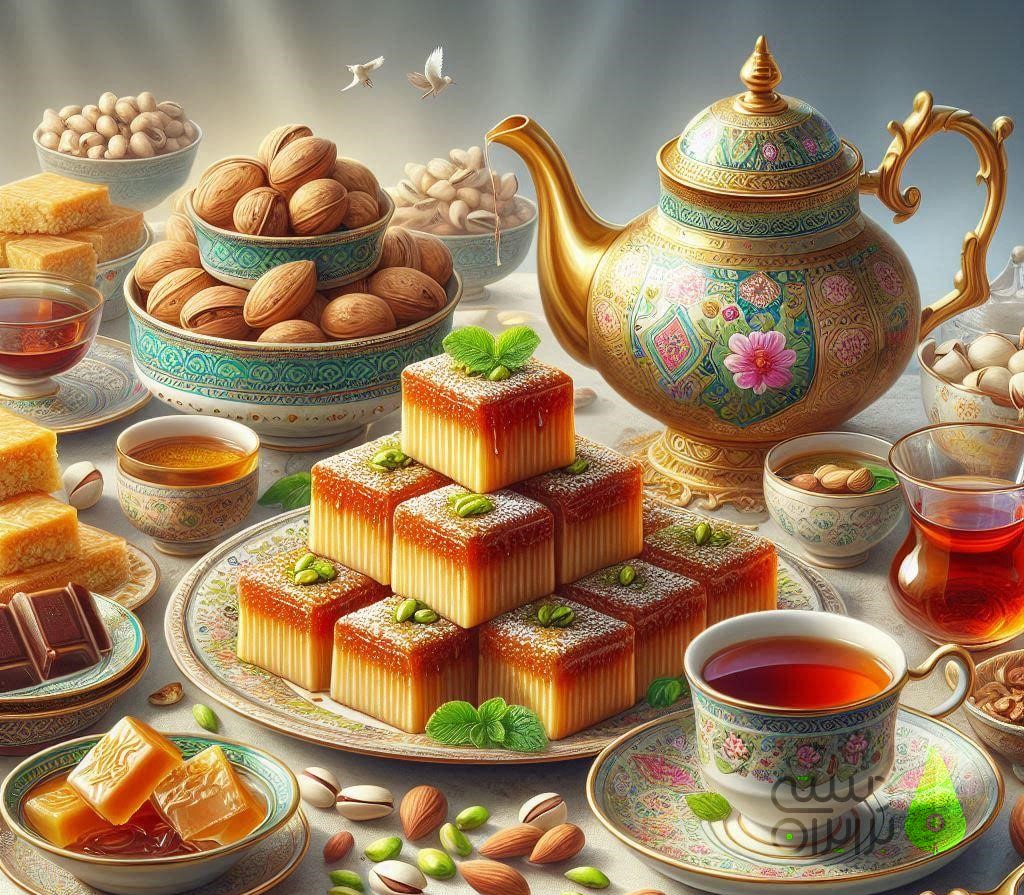
Iranian desserts are a delight for food lovers everywhere. While enjoying tea after a delicious lunch of kebabs or khoresh, Iranians bring out a variety of sweet treats perfect for any occasion. If you love sweets, you’re in for a real treat.
This article will take you on a culinary journey through Iran’s best desserts, showcasing the rich flavors and traditions that make them special. From fragrant and syrupy to nutty and creamy Gaz, these desserts will captivate your taste buds and leave you wanting more.
Here are 27 must-try Iranian desserts and sweets you shouldn’t miss.
What Sets Iranian Desserts Apart?
Iranian desserts are a delightful blend of history, culture, and unique ingredients that make them truly special. These traditional sweet treats often feature aromatic spices like saffron, cardamom, and rosewater, which infuse them with distinctive flavors and fragrances. Traditional ingredients such as pistachios, almonds, and dates add a rich texture and depth to the desserts.
Moreover, the artistry involved in crafting these sweets, from the intricate designs of baklava to the delicate layers of Persian love cake, reflects the country’s deep appreciation for beauty and detail. Each dessert tells a story, connecting the present with centuries-old culinary traditions, making every bite not just a taste experience but a journey through Iran’s rich cultural heritage.
The Sweet Legacy of Iranian Desserts
The journey of sugar to the Middle East, and eventually to Europe, began after the first century CE. Before sugarcane became popular in the Middle East, the primary sources of sweetness in Iranian desserts were honey and fruits like dates, apricots, and pomegranates. These ingredients were often combined with nuts such as pistachios, almonds, walnuts, and sesame seeds. They were flavored with aromatic elements like rosewater (Golab), orange-flower bloom (Bahar Narang), saffron, and cardamom.
In ancient Persia, confections were not just treats but symbols of culinary sophistication. They were often presented in elaborate ways, sometimes plated in gold or served in intricately woven ivory baskets, creating a luxurious and aromatic dining experience. The culture of sweetness in Persia was marked by elegance and innovation, with the earliest ice cream-like desserts dating back to 550 BCE.
The Silk Road played a crucial role in the evolution of Persian sweets. This ancient trade route connected Iran with China and facilitated the exchange of goods, including grains, fruits, vegetables, and spices. These ingredients were integrated into local cuisines, leading to the creation of unique regional specialties.
Many herbs and dishes that are now staples in global cuisine, such as basil, cilantro, sweet and sour sauces, and almond desserts, have their origins in Iran. The influence of Persian sweets extended far and wide, impacting culinary traditions in India, China, and even the West. Interestingly, the names of some fruits and nuts, like lemon and pistachios, are derived from Persian.
27 Must-Try Iranian Desserts
Many popular Iranian desserts are favored all over the country. In this section, we will introduce some of the well-known and delicious dishes along with a few lesser-known recipes.
1.Faloodeh (Sweet Noodles)
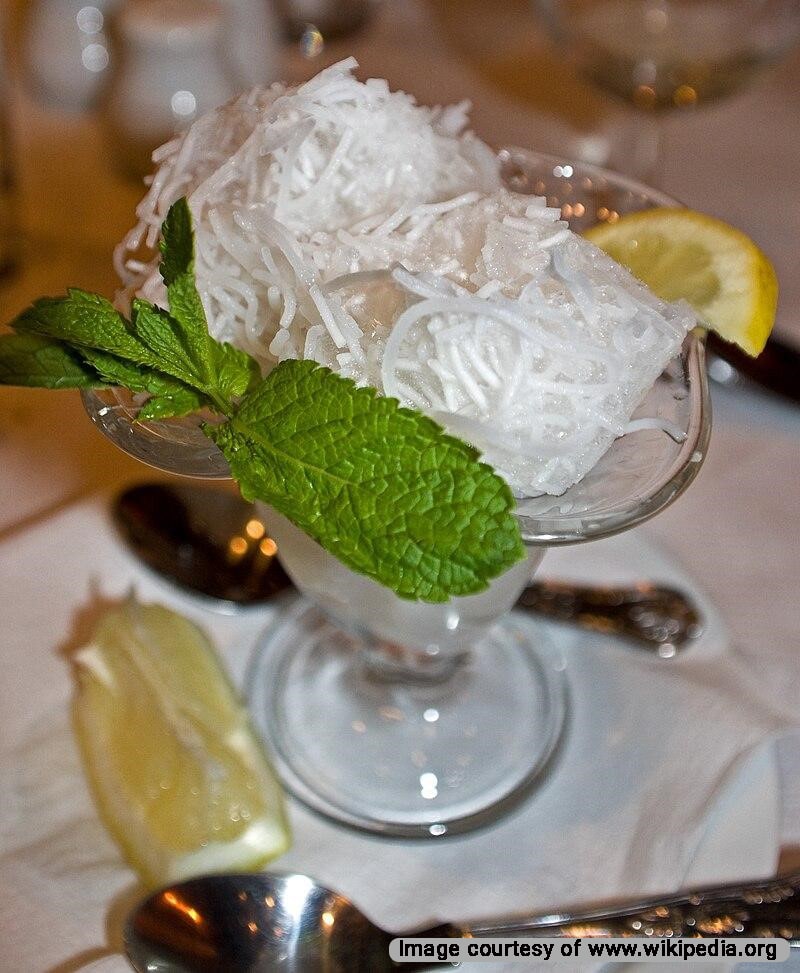
Iranian Faloodeh, also known as Fālūdeh or Paloodeh, is a cherished dessert originating from Shiraz, Iran. This cooling treat features thin starch-based vermicelli noodles, which are mixed with a semi-frozen syrup made from sugar and rose water.
The combination creates a unique texture that is both crunchy and refreshing, ideal for hot weather. Typically, Faloodeh is served with a splash of lime juice and cherry syrup and sometimes garnished with ground pistachios, offering a delightful mix of sweet and tangy flavors.
2.Halva
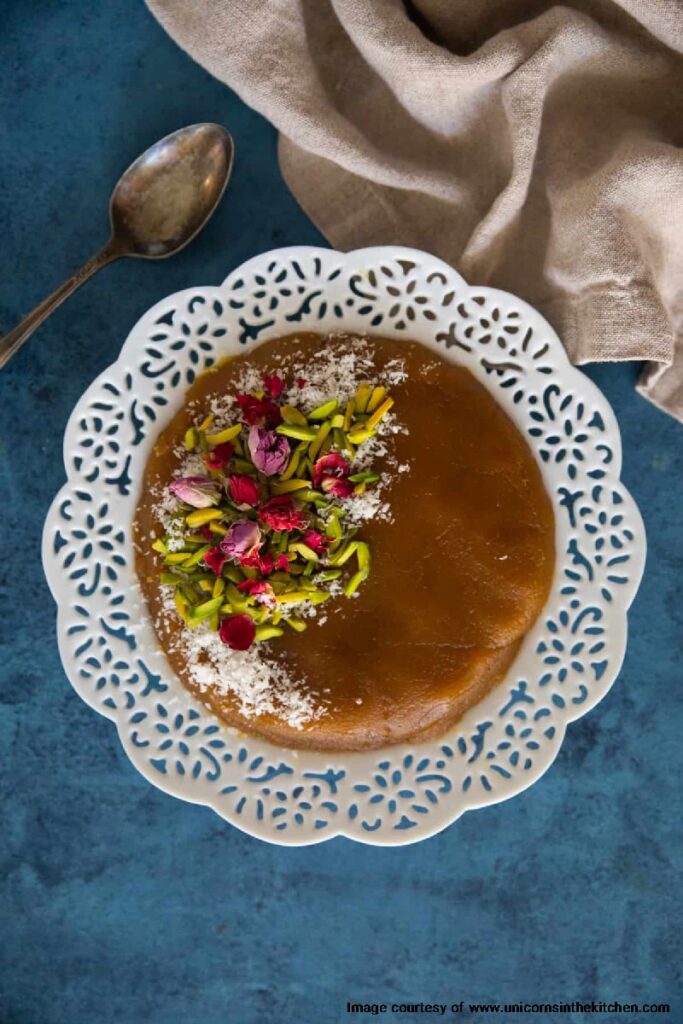
Halva is one of the most beloved Iranian desserts with deep cultural roots in Persian cuisine. This sweet treat is made by slowly cooking a mixture of flour, butter, and sugar until it reaches a smooth, golden consistency. The addition of rose water and saffron gives Halva its distinctive aroma and flavor, making it a fragrant and delightful dessert. A special type of Halva is prepared from carrots, called Halva Havij.
Traditionally, Halva is prepared for religious ceremonies and special occasions, often served at funerals or as a comforting offering to guests. It is typically garnished with slivered almonds or pistachios, adding a crunchy texture to its rich, melt-in-the-mouth quality.
3.Noghl (Noql)
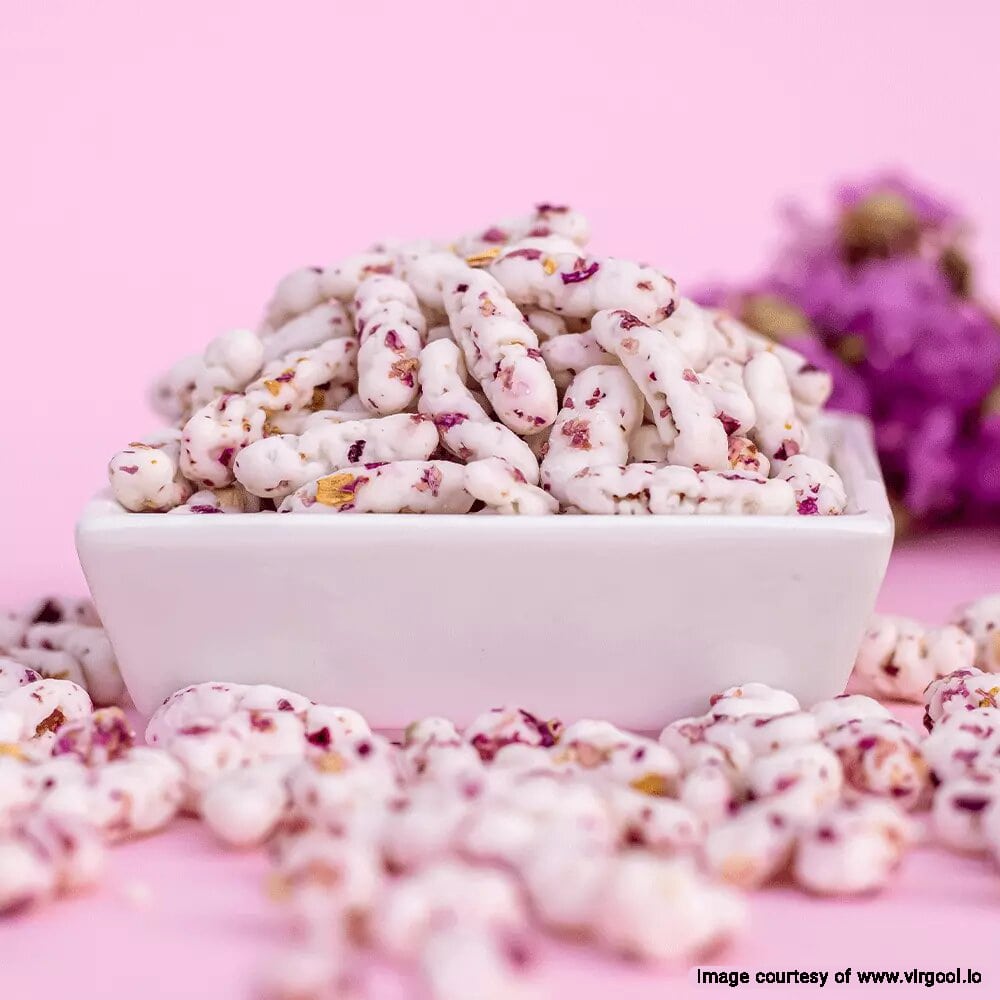
Iranian Noghl, also known as Nuql, is a traditional confectionery that holds a special place in Persian culture. This delightful treat consists of roasted almonds coated in a sweet, crunchy shell made from sugar and rose water1. The process involves boiling sugar with water and rose water, then coating the almonds in this fragrant syrup until they are perfectly glazed.
Noghl is often served during festive occasions and celebrations, particularly at weddings, where it symbolizes sweetness and joy1. It is commonly served alongside tea, providing a delightful contrast to the beverage’s warmth. Whether enjoyed as a snack or a special treat, Noghl is a beloved part of Iranian culinary tradition.
4.Sohan
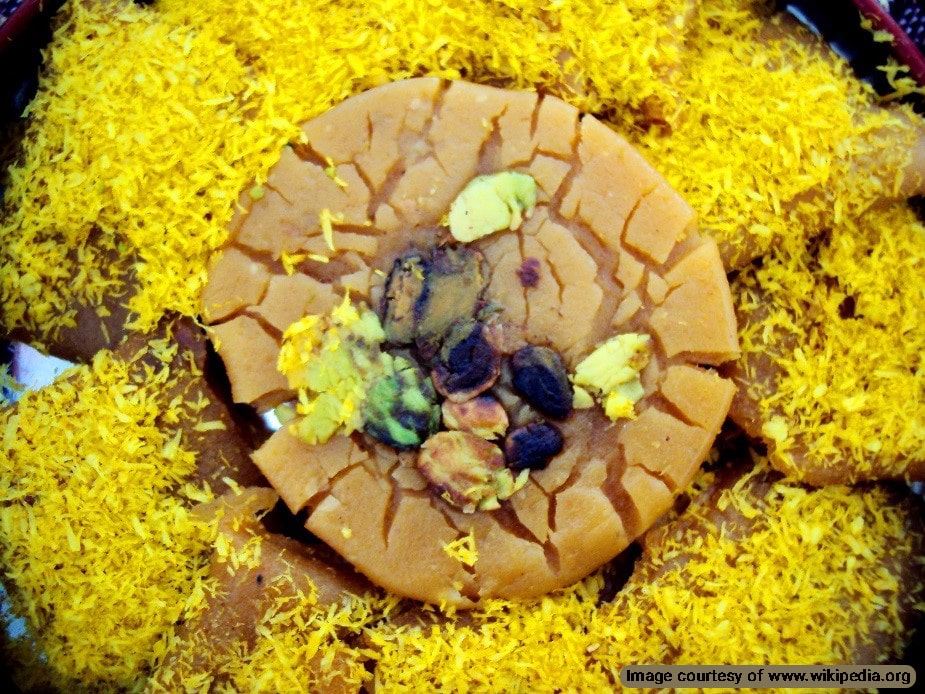
Sohan is a traditional Persian sweet that originates from the city of Qom. This delectable treat is a type of brittle candy made from a mixture of wheat flour, sugar, butter, and saffron, which gives it its distinctive golden color and rich flavor. The addition of rose water and cardamom enhances its aromatic profile, making it a truly unique confection.
Sohan is often garnished with slivered pistachios or almonds, adding a delightful crunch to its texture. This sweet is not only enjoyed as a delicious snack but also holds cultural significance, often being given as a gift or served during special occasions and celebrations.
5.Poolaki
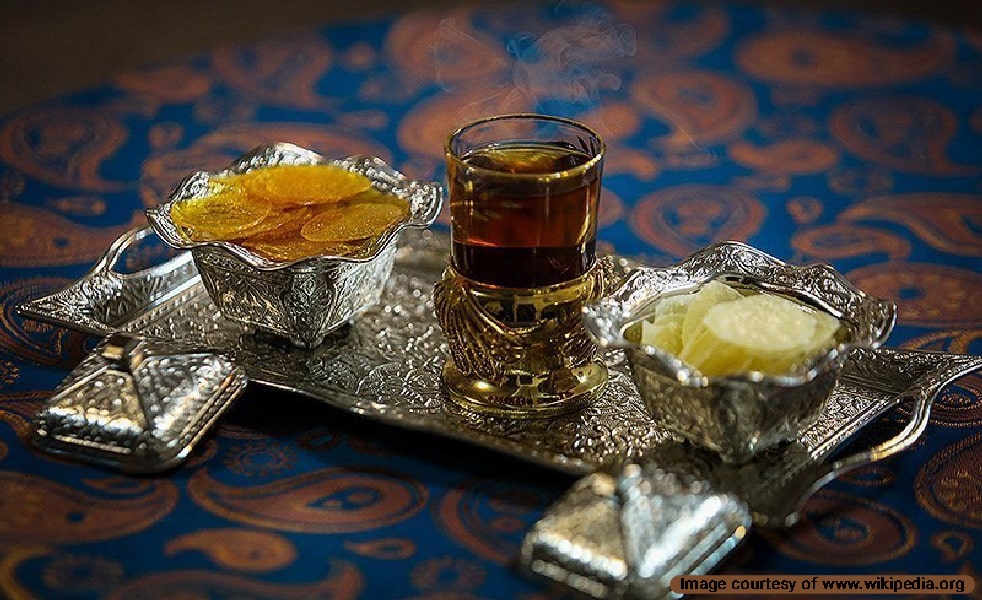
Poolaki is a traditional Persian candy that originates from the city of Isfahan. This delicate confection is made by boiling sugar with water and a touch of vinegar until it reaches a caramel-like consistency. Saffron and rose water are then added to infuse the candy with its distinctive flavor and aroma.
The mixture is poured into thin, coin-shaped discs, which harden into a brittle, translucent candy. Often enjoyed with tea, Poolaki provides a sweet and fragrant complement to the beverage. It is also popular during festive occasions and as a gift, symbolizing hospitality and sweetness.
6.Shirini Nokhodchi
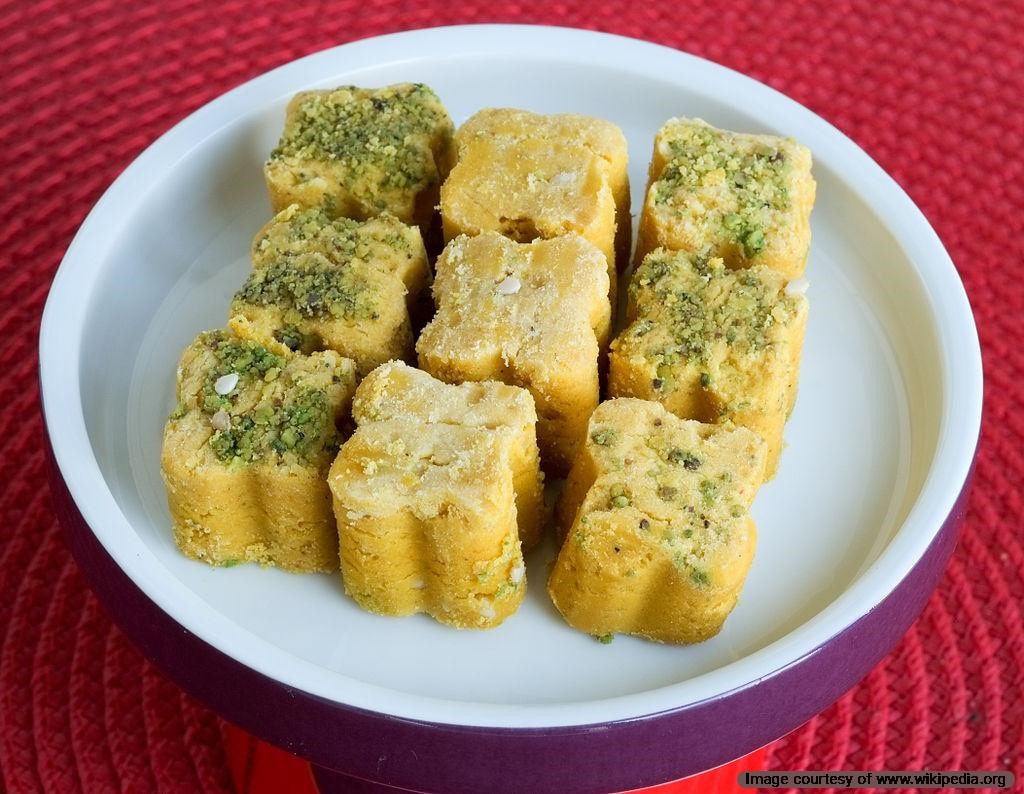
Iranian Nokhodchi, also known as Nan-e Nokhodchi, is a traditional Persian cookie that is especially popular during the Persian New Year, Nowruz. These delightful cookies are made from chickpea flour, which gives them a unique, crumbly texture. Flavored with cardamom and rose water, Nokhodchi offers a fragrant and slightly sweet taste that is both distinctive and delicious.
The dough is typically shaped into small clover-like forms and often garnished with ground pistachios, adding a touch of color and crunch. These cookies are not only a treat for the taste buds but hold cultural significance, symbolizing the arrival of spring and new beginnings. Enjoyed with a cup of Persian tea, Nokhodchi is a beloved part of Iranian culinary tradition.
7.Qottab
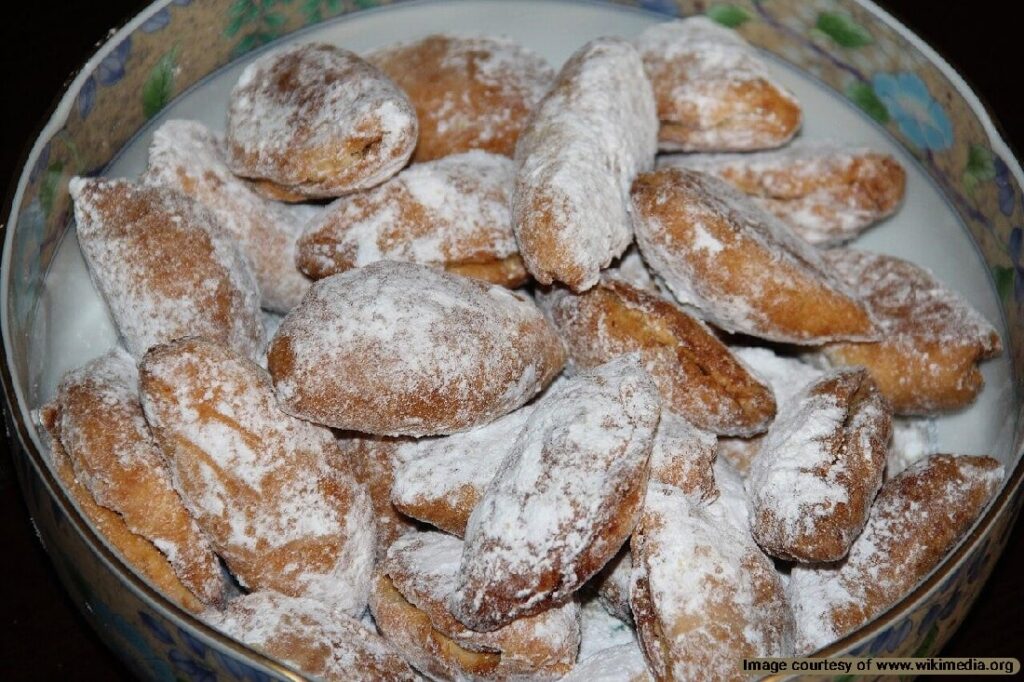
Iranian Qottab, also known as Ghotab, is a traditional pastry from Yazd, Iran. This delicious treat is made from a dough of flour, yogurt, and egg yolks, filled with a sweet mixture of ground almonds or walnuts, powdered sugar, and cardamom. The dough is shaped into crescents and fried until golden brown, creating a crispy exterior that contrasts with the nutty, sweet filling inside. Often dusted with powdered sugar, Qottab is especially popular during festive occasions like Nowruz, the Persian New Year.
8.Bastani Sonnati
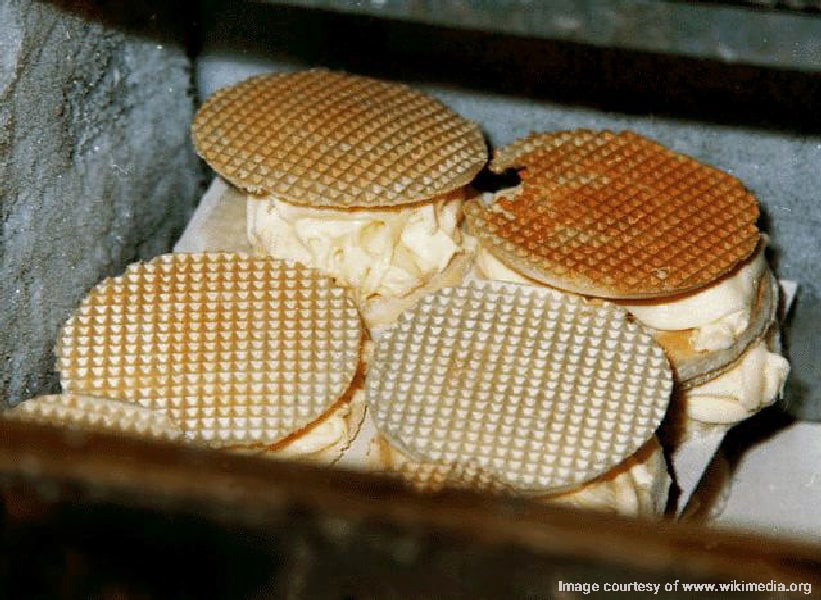
Iranian Bastani Sonnati, or traditional Persian ice cream, is a beloved dessert known for its rich and aromatic flavors. This ice cream is crafted from a blend of milk or cream, sugar, and eggs, infused with saffron and rose water, which give it a distinctive golden hue and fragrant taste. Often, it includes pieces of pistachios and sometimes flakes of frozen cream, adding a delightful texture to each bite.
Traditionally, Bastani Sonnati is served between two thin wafers, creating a delicious ice cream sandwich. This dessert is not only a treat for the taste buds but also a cultural symbol often enjoyed during special occasions and celebrations in Iran. Its combination of exotic flavors and creamy texture makes Bastani Sonnati a cherished part of Persian culinary heritage.
9.Nan-e Berenji
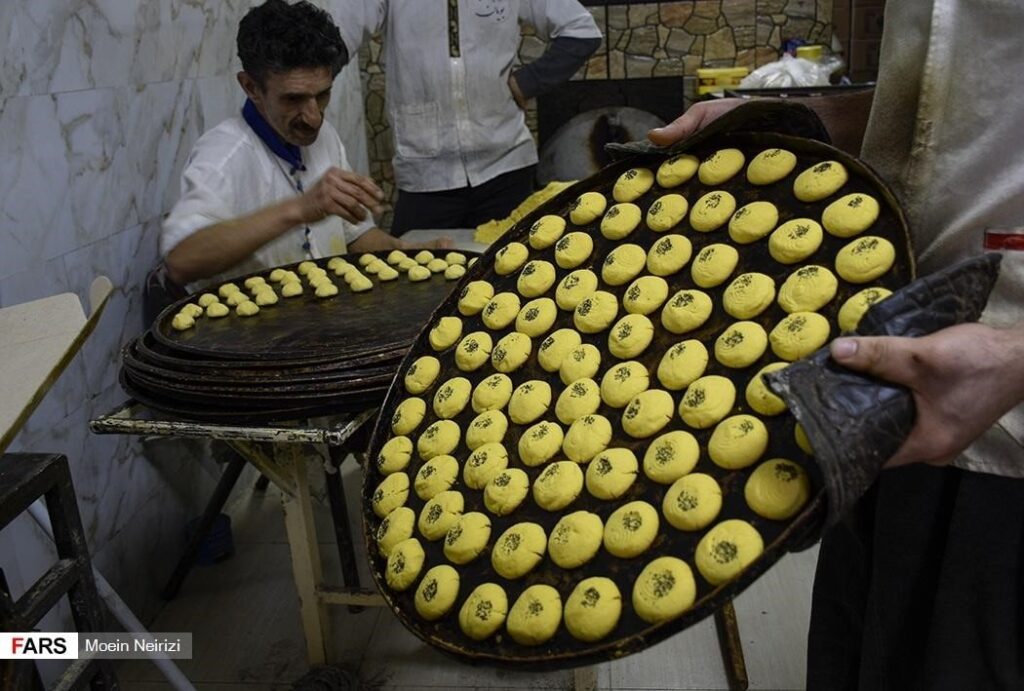
Nan-e Berenji, also known as Persian rice cookies, is a delightful and traditional treat from Iran. These cookies are particularly popular during the Persian New Year (Nowruz) and other festive occasions. Made primarily from rice flour, sugar, and oil, they are flavored with aromatic ingredients like rose water, cardamom, and saffron, giving them a unique and fragrant taste.
The dough is often shaped into small discs and decorated with poppy seeds or purslane powder before baking. Originating from the city of Kermanshah, Nan-e Berenji has a light, crumbly texture that melts in your mouth, making it a beloved sweet across Iran.
10.Koloocheh
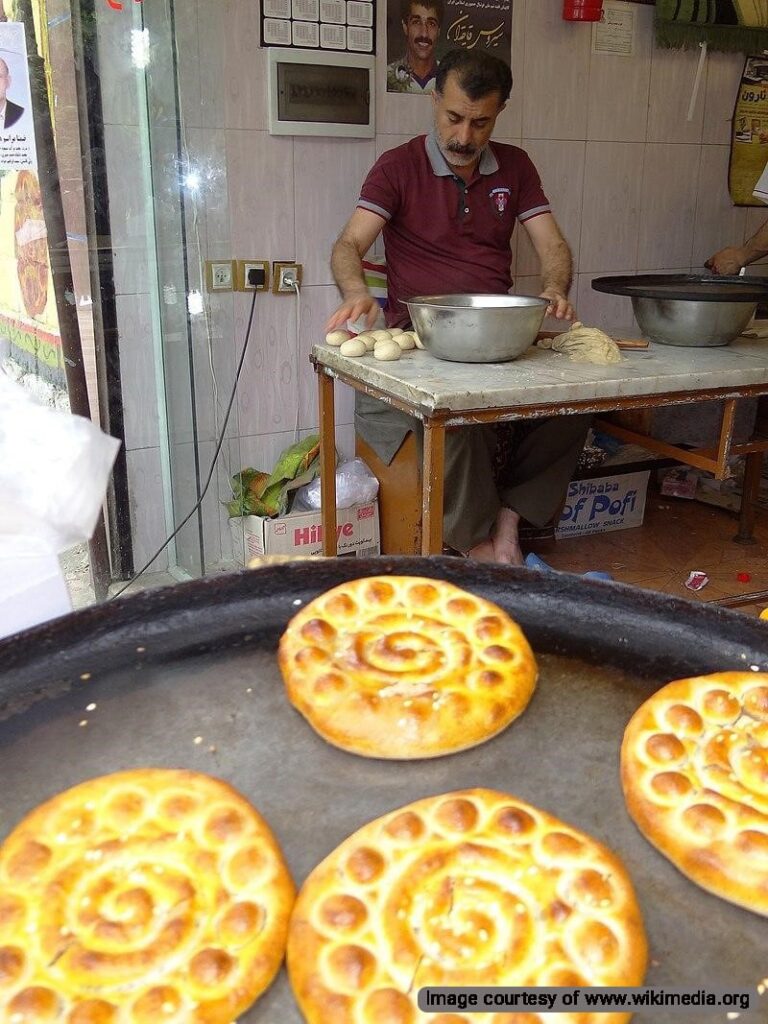
Koloocheh, a traditional Persian cookie, is a beloved treat in Iran, especially during festive occasions like Nowruz. These cookies are typically made from a dough of flour, butter, sugar, and eggs, and are often filled with a mixture of ground walnuts, cinnamon, and cardamom. The dough is shaped into discs, stamped with intricate patterns, and then baked to a golden perfection. Originating from various regions in Iran, including Furman and Lahijan.
11.Sholeh Zard
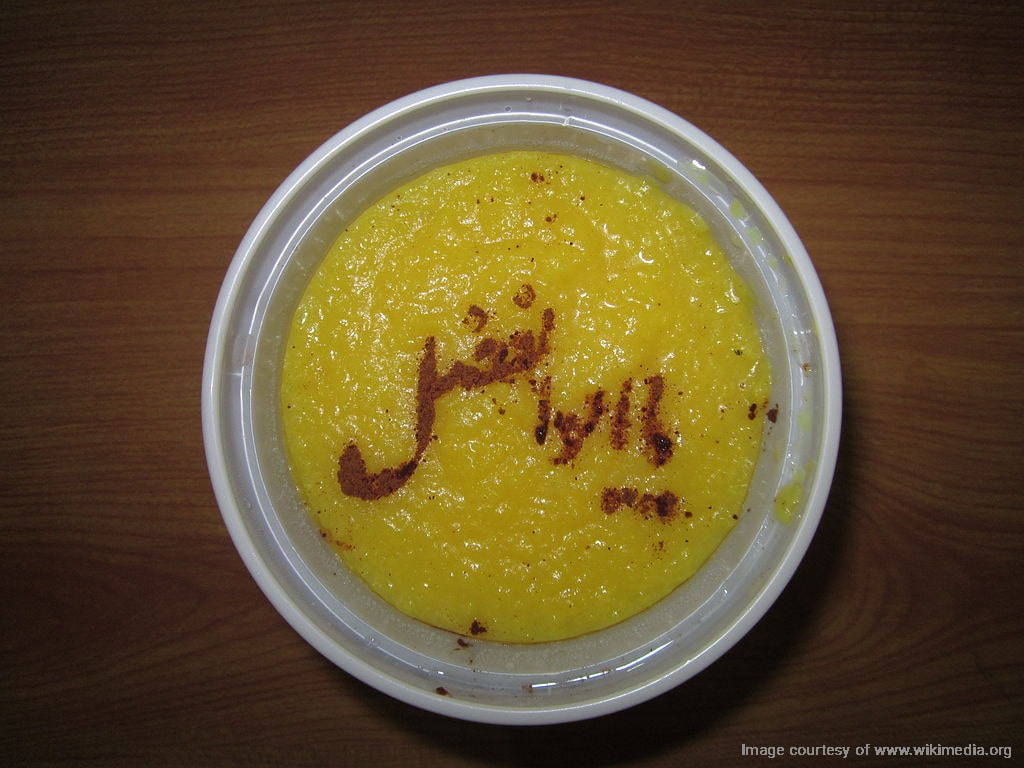
Sholeh Zard is a traditional Iranian dessert known for its vibrant yellow color and aromatic flavor. This saffron-infused rice pudding is made by cooking rice with water until it becomes soft and mushy, then sweetening it with sugar and flavoring it with rose water, saffron, and cardamom. Often garnished with slivered almonds, pistachios, and a sprinkle of cinnamon, Sholeh Zard is not only a treat for the taste buds but also a feast for the eyes. It is commonly prepared for special occasions and religious ceremonies, symbolizing joy and celebration.
12.Shir Berenj
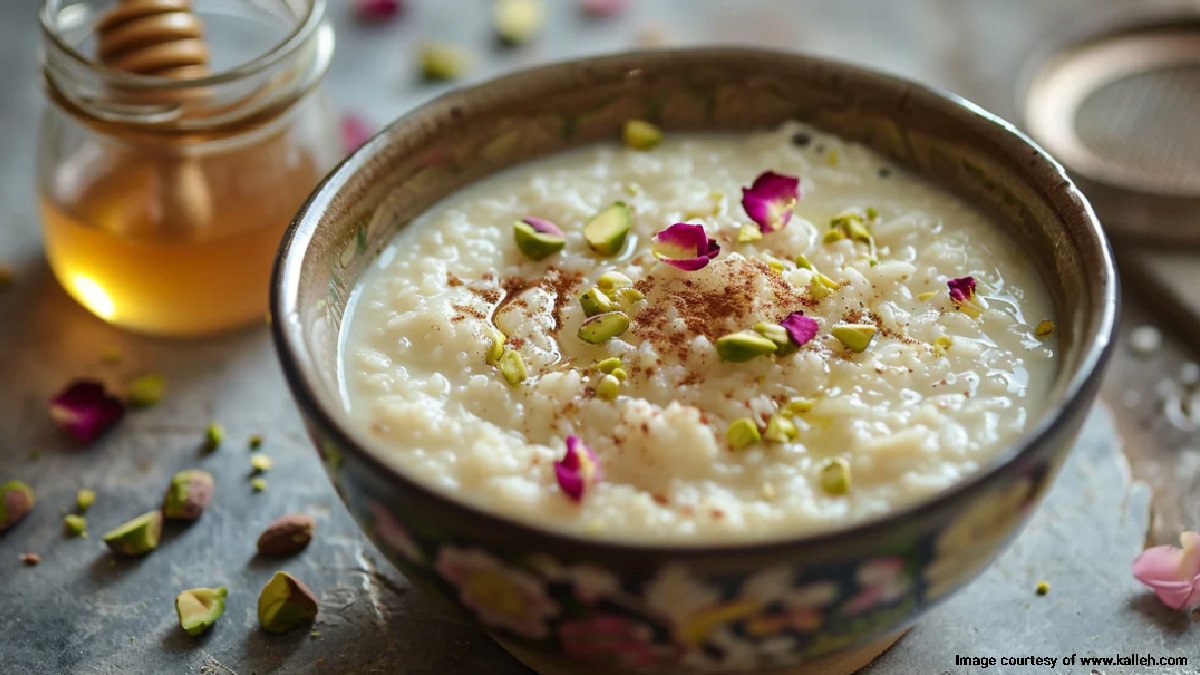
Shir Berenj, also known as Persian rice pudding, is a comforting and traditional dessert in Iran. This dish is made by slowly cooking rice in water until it becomes soft and creamy, then adding milk to create a rich, velvety texture. Flavored with rose water and sometimes cardamom, Shir Berenj is subtly aromatic and mildly sweet. It is often garnished with cinnamon, slivered almonds, or pistachios, adding a delightful crunch to each spoonful. This versatile pudding can be enjoyed warm or cold, making it a popular choice for both breakfast and dessert.
13.Masghati
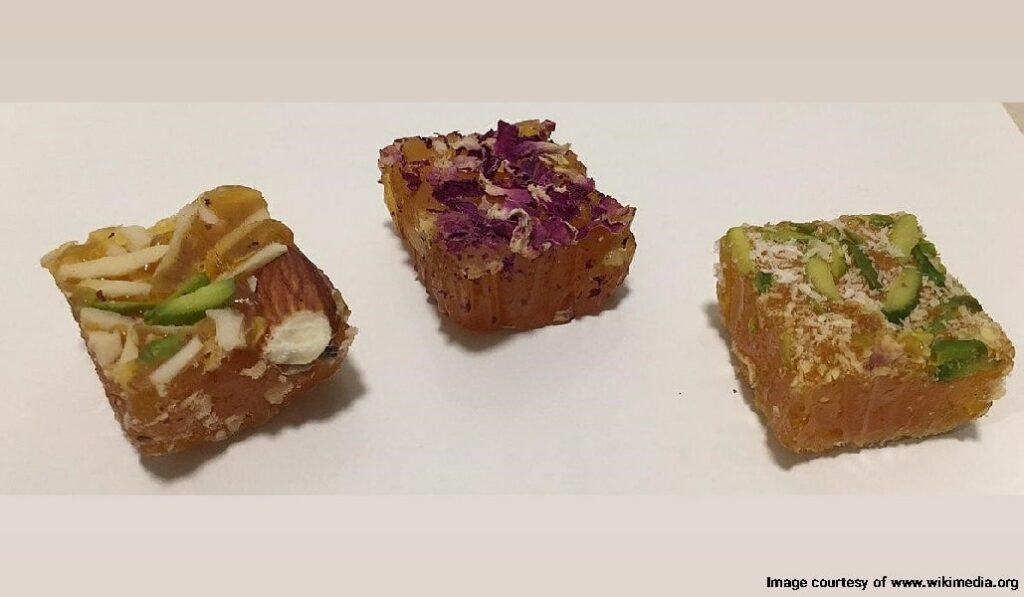
Masghati is a traditional Iranian dessert that hails from the southern region of Fars, particularly the city of Lar. This delightful sweet is made from a base of starch, sugar, and water, which is then flavored with rose water and saffron to give it a distinctive aroma and vibrant color. The mixture is cooked until it thickens into a jelly-like consistency and is often garnished with slivered almonds or pistachios for added texture and flavor.
14.Zoolbia Bamieh
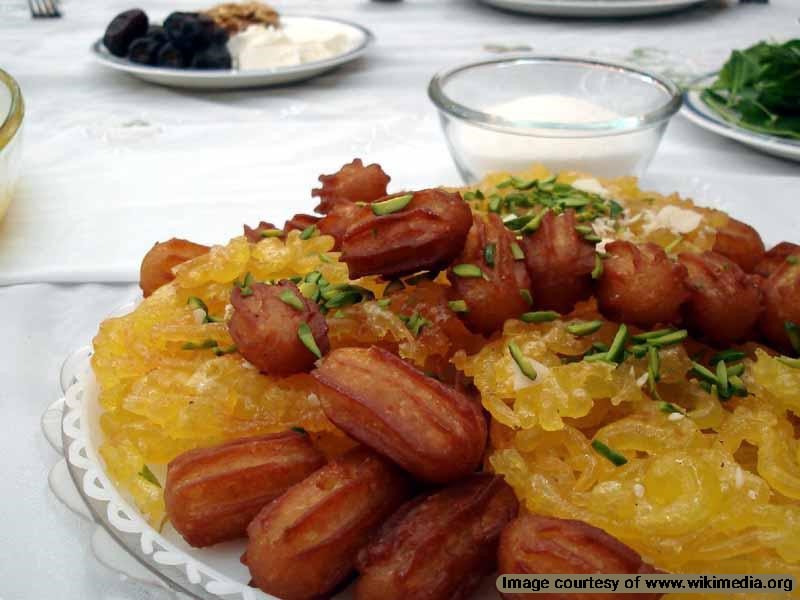
Zoolbia Bamieh is a beloved Iranian dessert duo, often enjoyed during the holy month of Ramadan. Zoolbia consists of deep-fried, crispy spirals made from a batter of flour, cornstarch, yogurt, and saffron, which are then soaked in a sweet syrup flavored with rose water and saffron. Bamieh, on the other hand, is made from choux pastry dough, piped into small, rigid shapes, and also deep-fried before being drenched in the same fragrant syrup. The combination of Zoolbia’s crunchy texture and Bamieh’s soft, doughnut-like consistency creates a delightful contrast that is both satisfying and indulgent.
15.Gosh-e fil
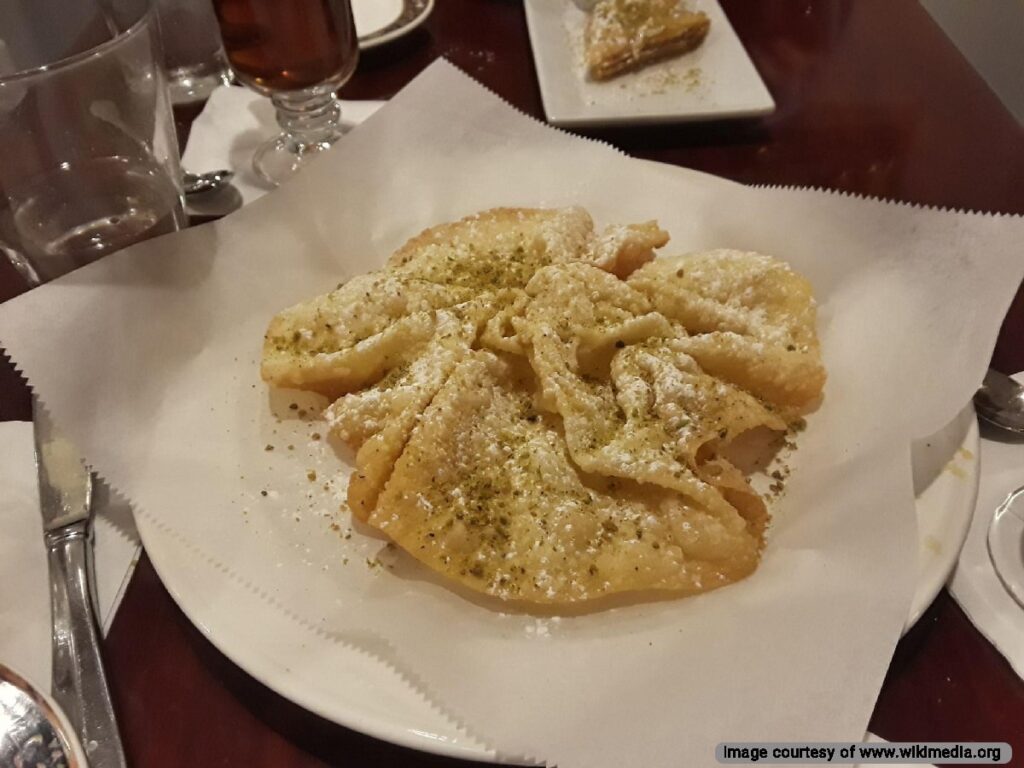
This delightful treat is popular in Isfahan and Arak. It is made from a simple dough of flour, sugar, eggs, and milk, which is rolled out thinly and then deep-fried to a crispy perfection. The pastries are typically shaped to resemble an elephant’s ear, hence the name. After frying, they are often dusted with powdered sugar and cardamom, and sometimes garnished with crushed pistachios or rose petals for added flavor and visual appeal. Gosh-e Fil is enjoyed with a cup of Doogh resembling a sweet and salty flavor.
16.Ranginak
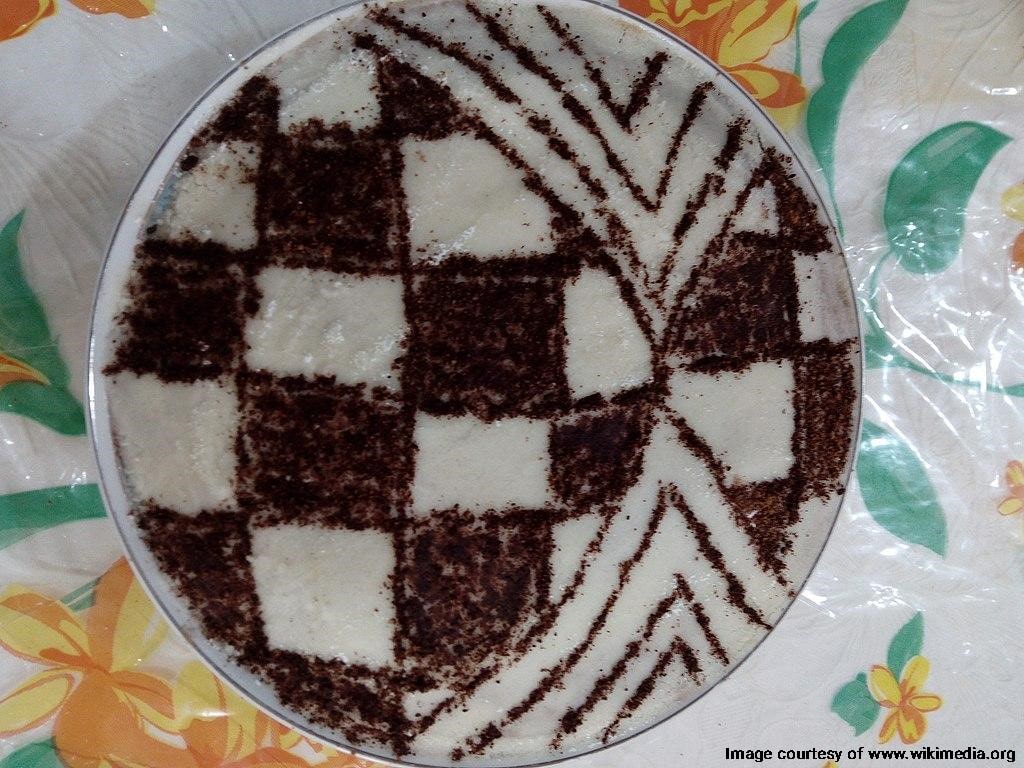
This delicacy is particularly popular in the southern regions of Iran, where dates are a staple ingredient. To prepare Ranginak, dates are typically stuffed with walnut pieces and then arranged in a dish. A warm, fragrant roux made from flour, butter, and sometimes a hint of cinnamon is poured over the dates, creating a luscious, cohesive dessert. Often garnished with ground pistachios or desiccated coconut.
17.Baslogh
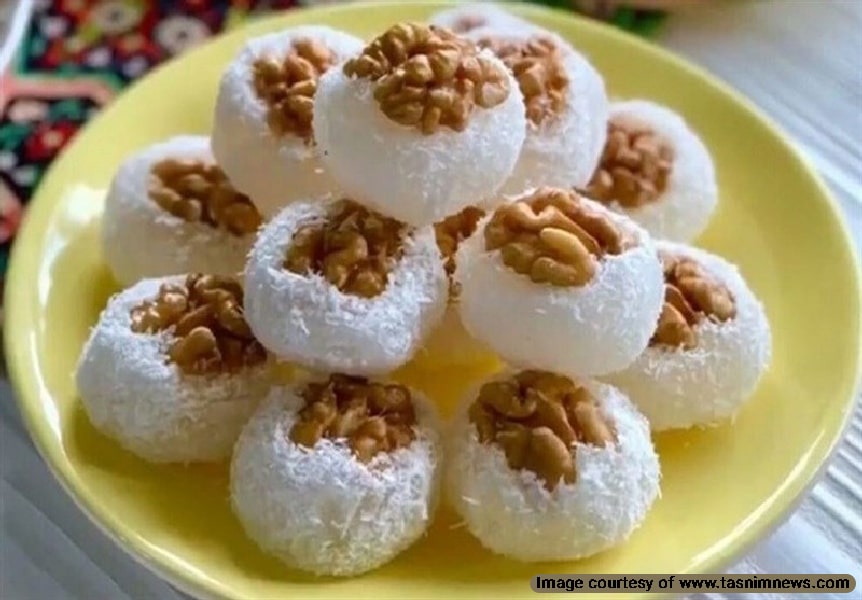
Baslogh, also known as Persian walnut pastry swirl, is a traditional sweet that originates from the city of Maragheh in the East Azerbaijan province. This delightful treat is made from a mixture of starch, sugar, and water, which is flavored with rose water and saffron to give it a distinctive aroma and vibrant color. The mixture is cooked until it thickens into a jelly-like consistency and is often garnished with shredded coconut and a walnut piece on top.
18.Kolompeh
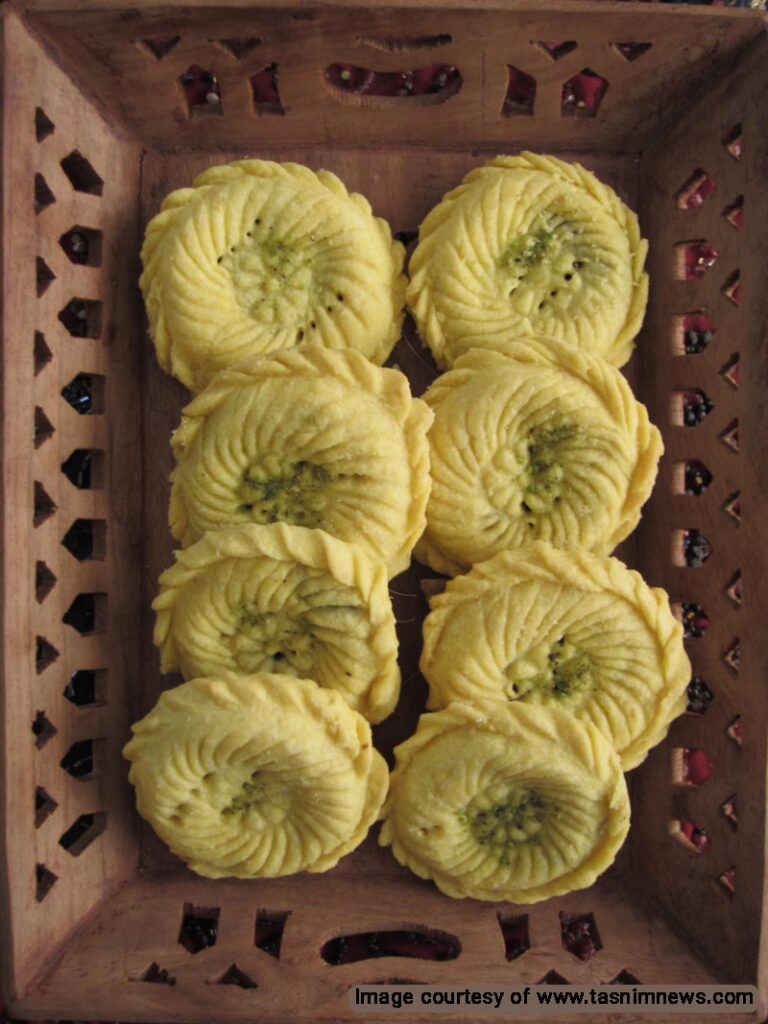
Kolompeh is a traditional Iranian pastry that originates from the city of Kerman. This delightful treat is made from a dough enriched with saffron and cardamom, giving it a unique aroma and flavor. The dough is typically filled with a mixture of minced dates, walnuts, and spices such as cinnamon and nutmeg, creating a rich and sweet filling. The pastries are often stamped with intricate patterns before baking, adding to their visual appeal.
19.Loz
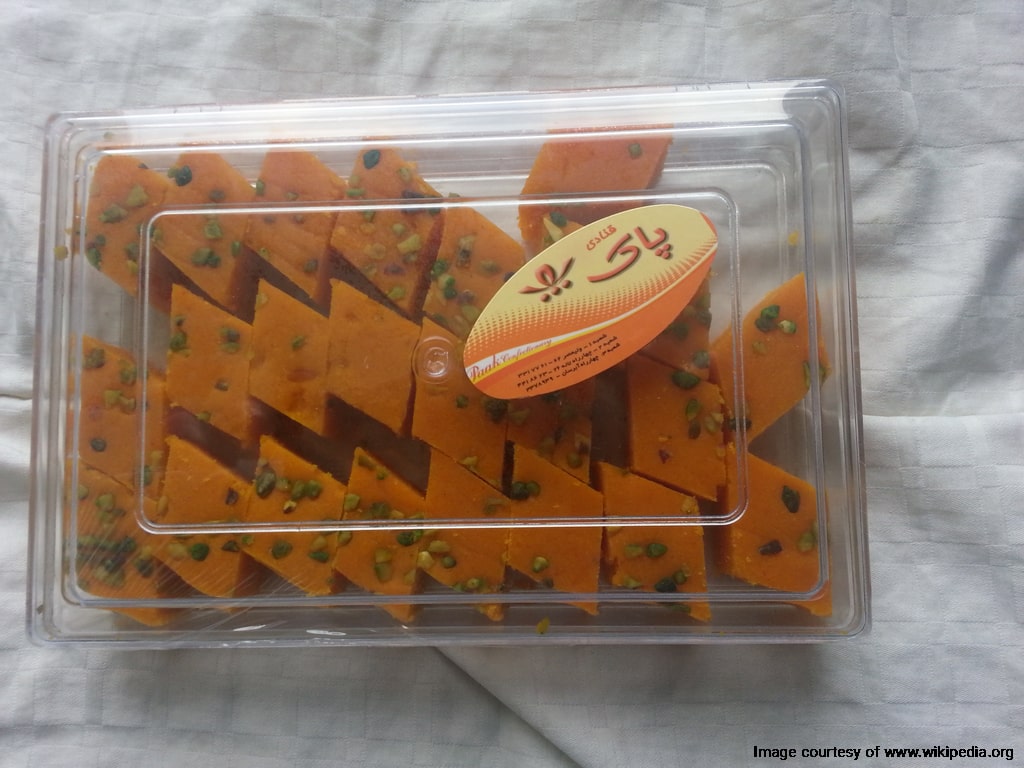
Loz is a traditional Iranian sweet from Yazd and Tafresh that is particularly cherished for its simplicity and rich flavor. This dessert is made from almond flour, sugar, and water, with the addition of saffron and cardamom to enhance its aromatic profile. The mixture is cooked until it thickens into a smooth, cohesive paste, which is then spread out and allowed to cool before being cut into diamond-shaped pieces. Often garnished with slivered almonds or pistachios.
20.Kaka
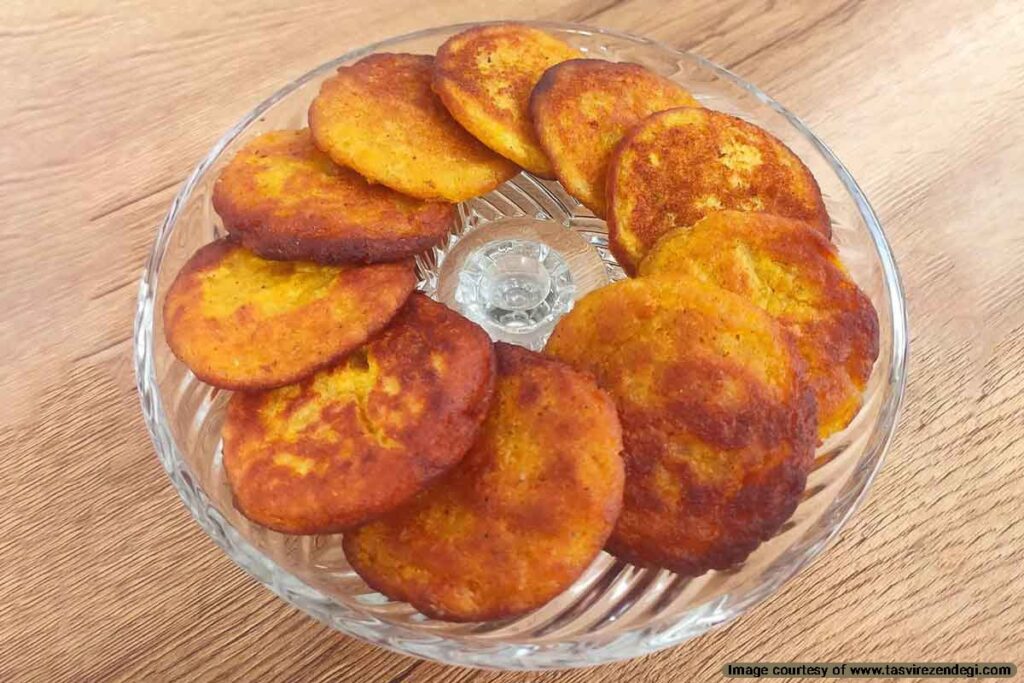
Kaka is a traditional Iranian dessert, particularly popular in the northern region of Gilan. This delightful treat is made from a batter of flour, sugar, eggs, and milk, often enriched with pumpkin puree or mashed bananas for added flavor and moisture. The batter is flavored with aromatic spices like cardamom and cinnamon and then fried into small, golden pancakes. These pancakes are typically served warm, dusted with powdered sugar, and sometimes garnished with crushed pistachios or walnuts.
This traditional Iranian dessert has been registered on the Iran National Heritage List as part of Gilan’s intangible cultural heritage.
21.Baklava
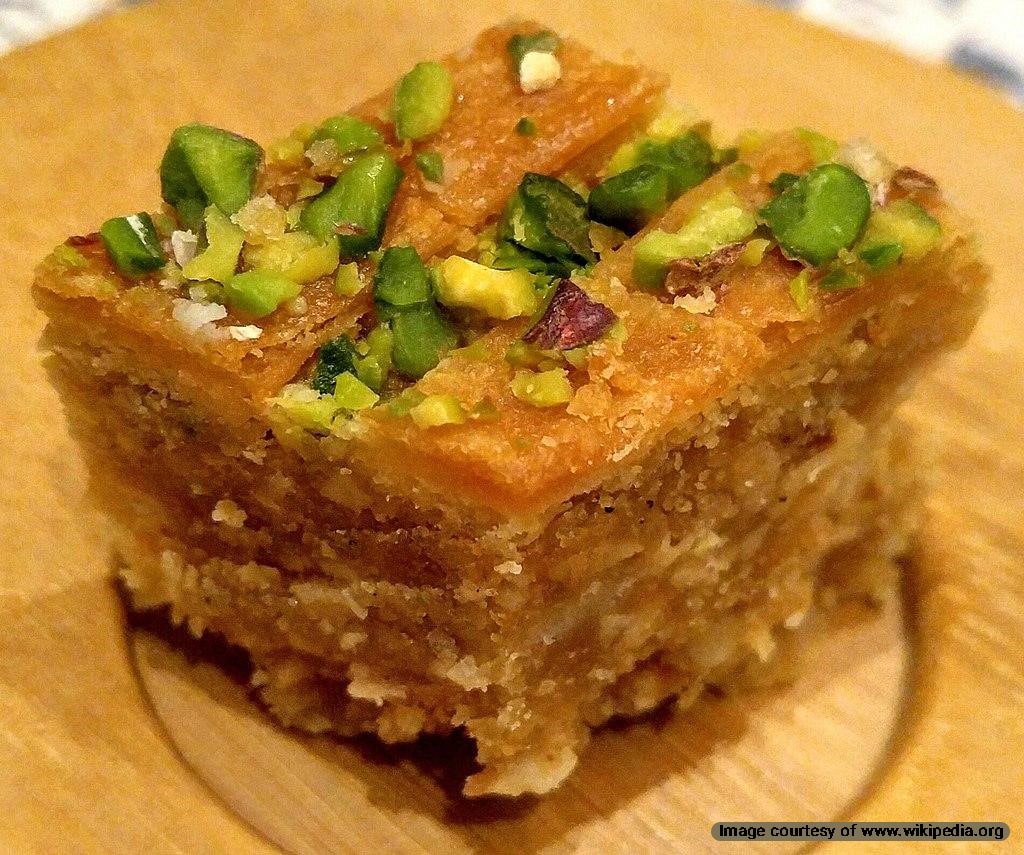
Baghlava, also known as Persian baklava, is a delectable dessert that showcases the rich culinary heritage of Iran. This sweet treat is made from layers of thin, flaky phyllo pastry filled with a mixture of finely chopped nuts, such as almonds, walnuts, and pistachios, all spiced with cardamom and cinnamon. The assembled layers are baked to golden perfection and then drenched in a fragrant syrup made from sugar, water, rose water, and sometimes a hint of saffron.
22.Qurabieh
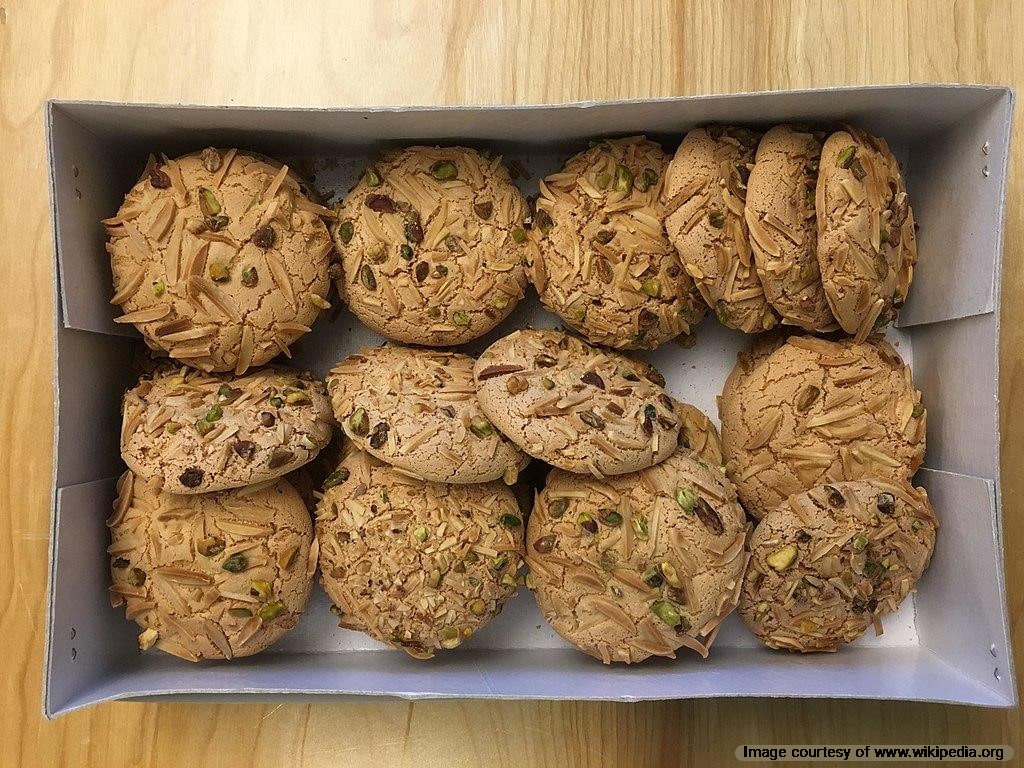
Qurabieh (Qurabiya) is a traditional Iranian almond cookie that is particularly popular in the northwestern regions of Iran, especially in Tabriz. These cookies are made from a simple dough of ground almonds, sugar, egg whites, and a hint of vanilla, resulting in a delicate, chewy texture. Often topped with a whole almond or a sprinkle of powdered sugar, Qurabieh is enjoyed with tea and is a staple at festive gatherings and celebrations.
23.Eris
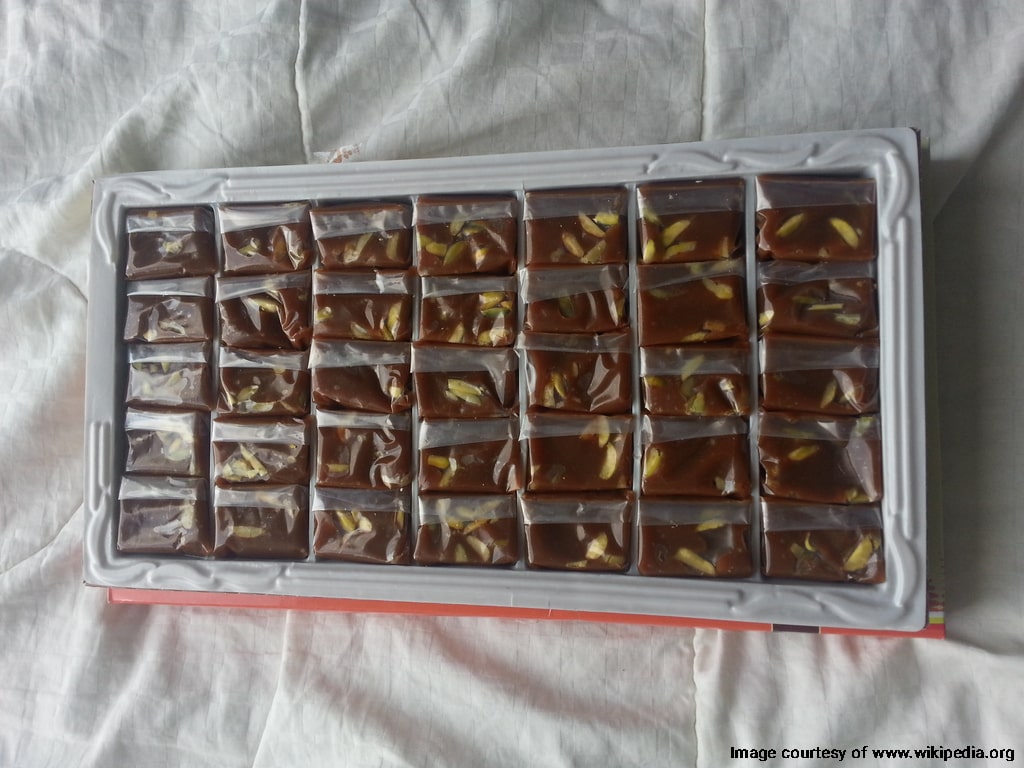
Eris, also known as Riss, is a popular confection from the city of Tabriz in Iran. This delightful sweet is made from a mixture of pistachios, sugar, milk, vanilla, and butter, resulting in a rich and creamy texture. Eris is often shaped into small cubes and comes in various flavors, including cacao. It is a favorite among locals and tourists alike, often purchased as a souvenir due to its unique taste and cultural significance.
24.Reshteh Khoshkar
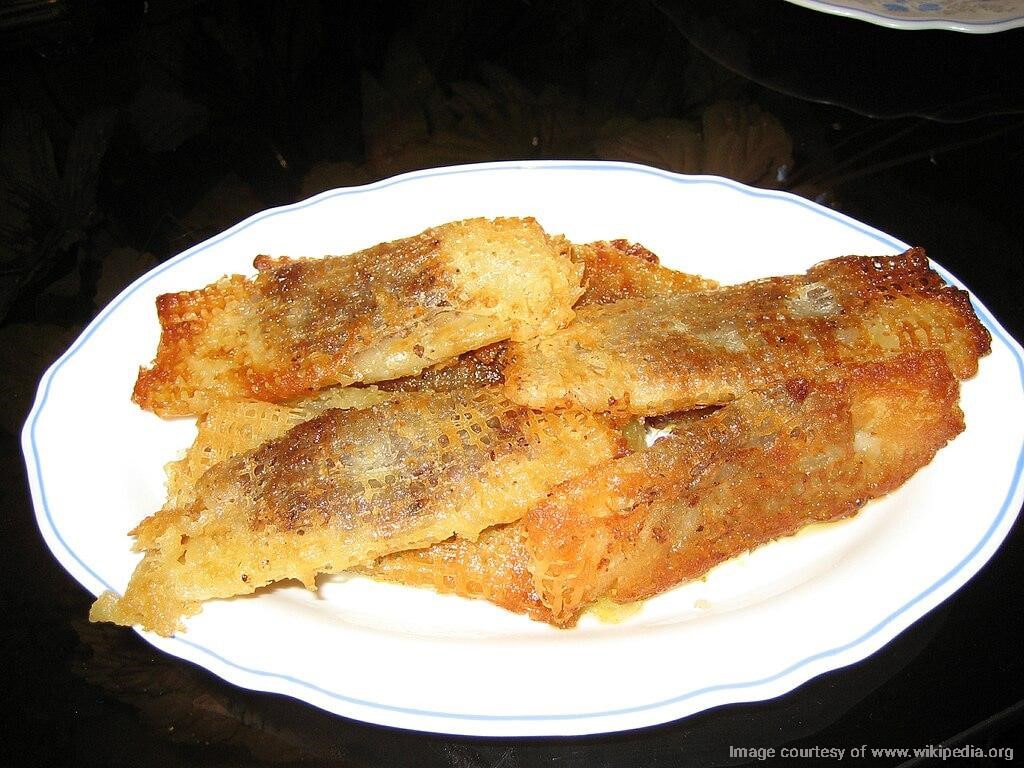
Reshteh Khoshkar is a traditional Iranian sweet that hails from the Gilan Province, particularly enjoyed during the holy month of Ramadan. This unique dessert is made from a dough of rice flour, which is filled with a mixture of ground walnuts, sugar, cardamom, and cinnamon. The filled dough is then shaped into thin, noodle-like strands and deep-fried until crispy. After frying, the strands are soaked in a fragrant syrup made from sugar, water, and rose water, giving them a delightful sweetness and aromatic flavor. Reshteh Khoshkar is often served with tea.
25.Pashmak (Iranian Cotton Candy)
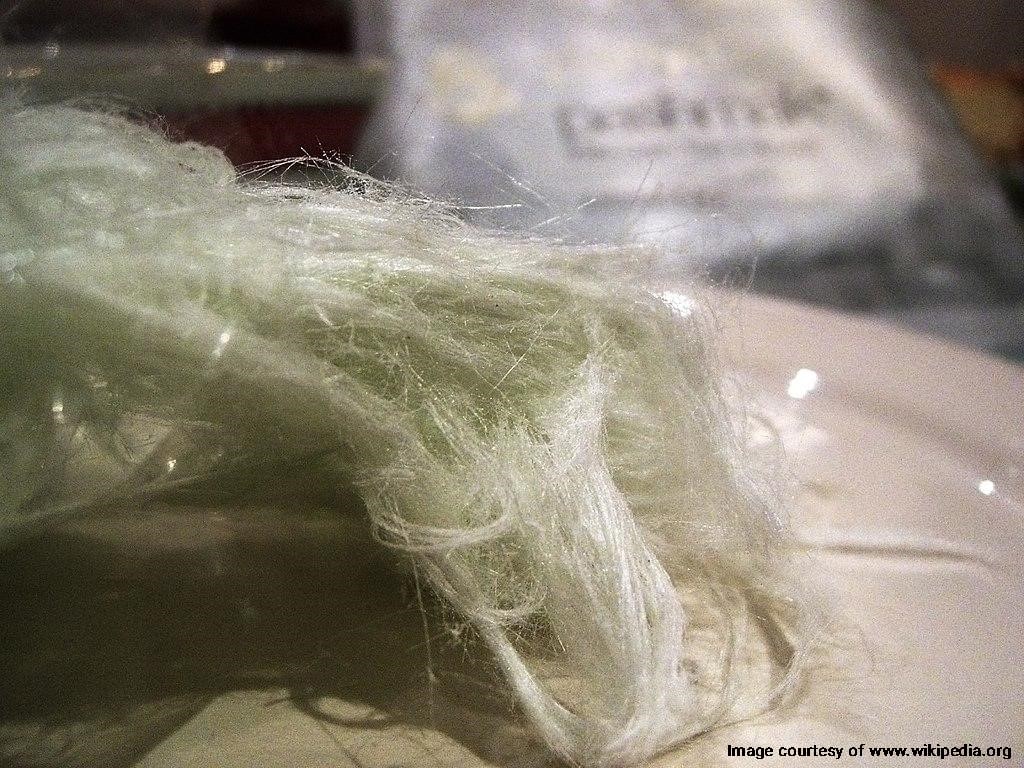
Pashmak, often referred to as Persian fairy floss, is a traditional Iranian sweet that resembles cotton candy. This delicate confection is made from sugar, water, and flour, which are heated and then pulled into fine, silky threads. Flavored with rose water and sometimes saffron, Pashmak has a unique, aromatic taste that melts in your mouth.
26.Qatlamay
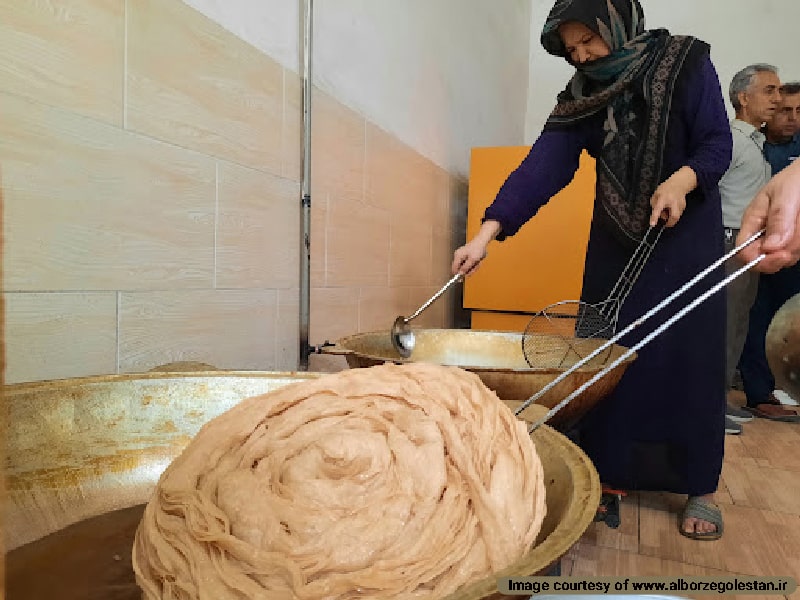
Qatlamay is a traditional Iranian pastry that is particularly popular in the Golestan Province of Iran. This delightful treat is made from a dough of flour, water, and yeast, which is rolled out thinly and layered with a mixture of sugar, cardamom, and sometimes saffron. The dough is then folded and rolled multiple times to create a flaky, layered texture before being fried to a golden crisp.
27.Maghut
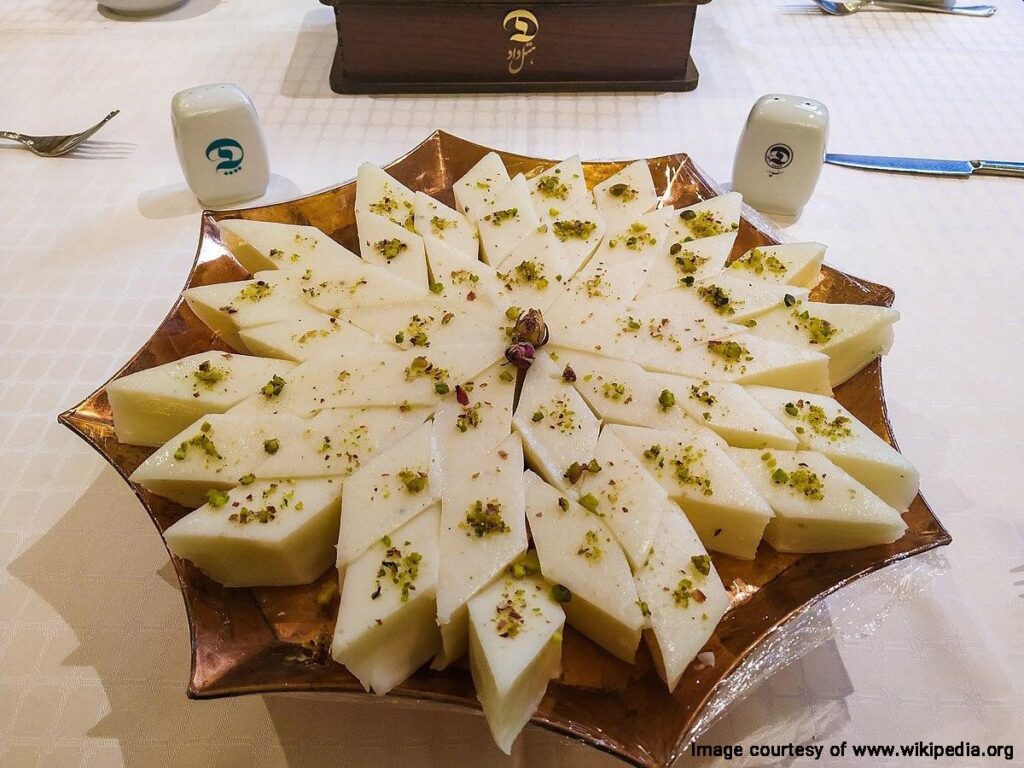
This sweet treat is made from a mixture of dried fruits such as apricots, dates, and raisins, combined with nuts like almonds, pistachios, and walnuts. The ingredients are cooked together with orange juice, rose water, cardamom, and saffron, creating a rich and aromatic dessert. The mixture is simmered until it becomes thick and sticky, then allowed to cool slightly before serving. Often garnished with additional chopped nuts and a drizzle of honey, Maghoot is enjoyed warm or at room temperature. This traditional Iranian dessert is served during Ramadan and Eid al-Fitr.
Learn More About Iranian Desserts
Iran’s rich and diverse culinary delights are one of the most delicious aspects of our edible intangible cultural heritage. If you like Persian food, you will certainly love the accompanying desserts. Many other sweets and confectionaries fall into this category. If you are visiting any Iranian destination, you can find a variety of delectable Iranian dishes in stores, bakeries, and souvenir shops.
Destination Iran invites you to try these sweets but consume them responsibly. Most of these recipes contain high sugar content. If you are suffering from diabetes, you can have sugar-free variations or recipes that replace the sugar with dates, which will not cause blood sugar spikes.
Frequently Asked Questions About Iranian Desserts
If you have any other questions about Iranian food or dessert recipes, please let us know in the comments. We will respond as soon as possible.
What are some popular Iranian desserts?
Some well-known Iranian desserts include Baklava, Sholeh Zard (Saffron Rice Pudding), Faloodeh, Halva, and Zulbia Bamieh(sweet herb fritters).
What is Faloodeh?
Faloodeh is a traditional Iranian frozen dessert, similar to a sorbet but made from thin rice noodles mixed with a sweet syrup, often flavored with rosewater. It is usually served with lime juice, cherry syrup, and sometimes with crushed pistachios.
What are some common ingredients in Iranian desserts?
Common ingredients include nuts (especially pistachios and walnuts), saffron, rosewater, dates, honey, yogurt, and various fruits.
Are Iranian desserts typically served with tea?
Yes, many Iranian desserts are traditionally served with tea, especially during gatherings or special occasions.
What is Saffron and why is it used in Iranian desserts?
Saffron is a prized spice derived from the flower of Crocus sativus. It is used in Iranian desserts for its unique flavor, aroma, and vibrant color, adding a luxurious touch to dishes like rice pudding (Sholeh Zard).
Are Iranian desserts suitable for vegans?
While some Iranian desserts contain dairy or eggs, many can be made vegan or are naturally plant-based. Desserts like Faloodeh and various nut-based sweets can be vegan-friendly.
How are Iranian desserts typically sweetened?
Iranian desserts are often sweetened with honey or various syrups. Many recipes also incorporate naturally sweet ingredients like dates.
What role do desserts play in Iranian culture?
Desserts in Iran are an important part of hospitality and celebration. They are often served during festivities, weddings, and religious observances.


